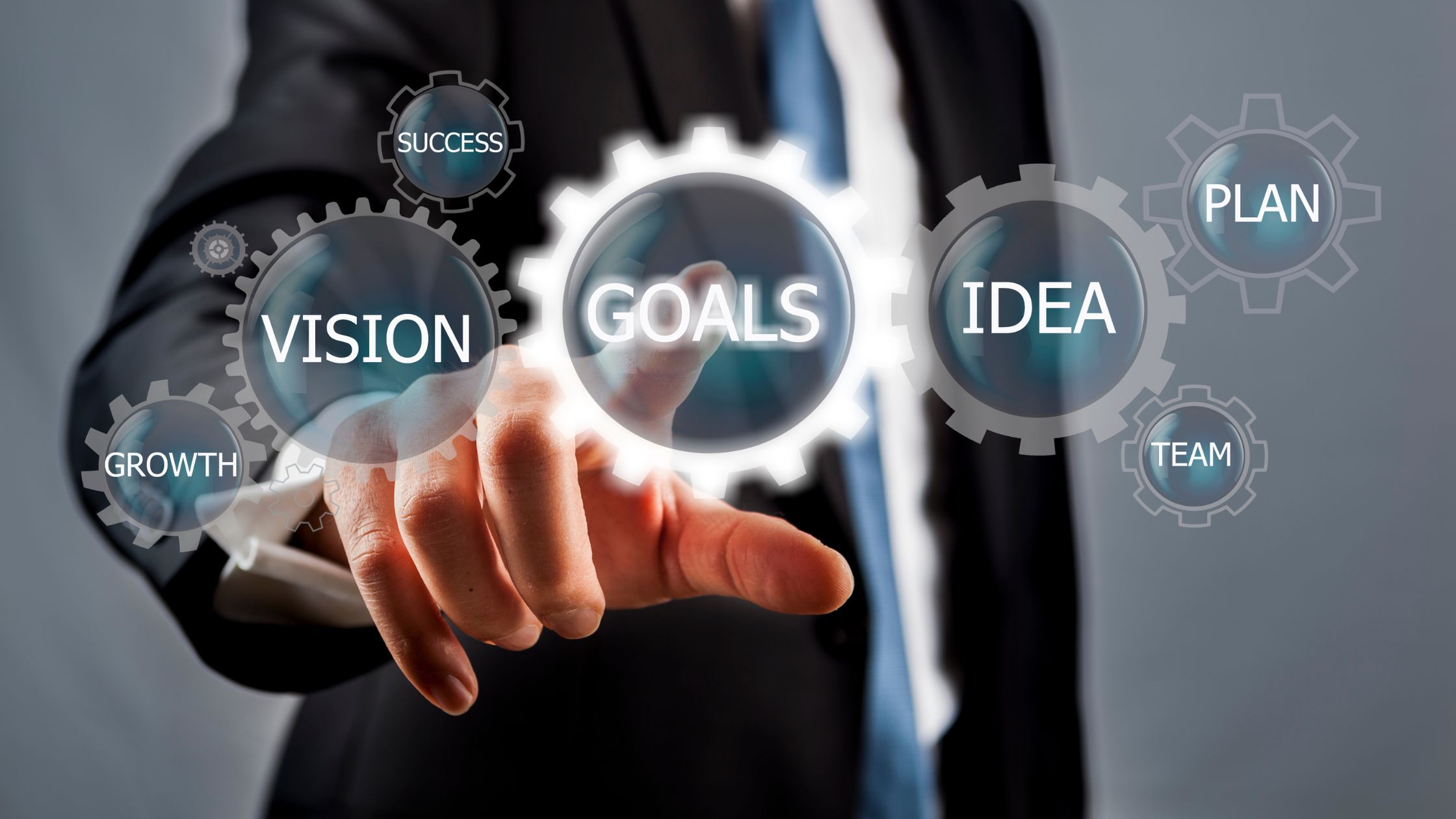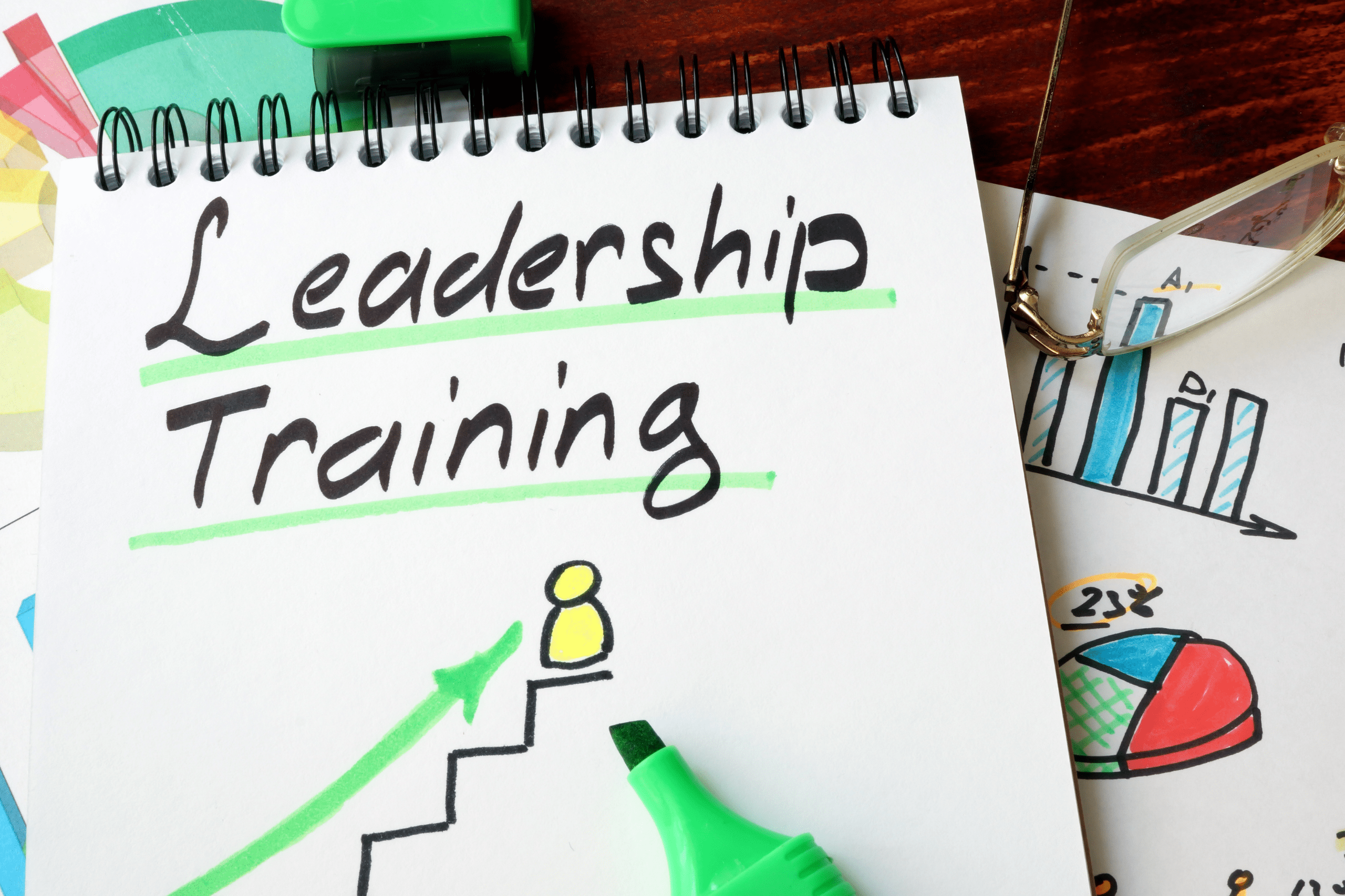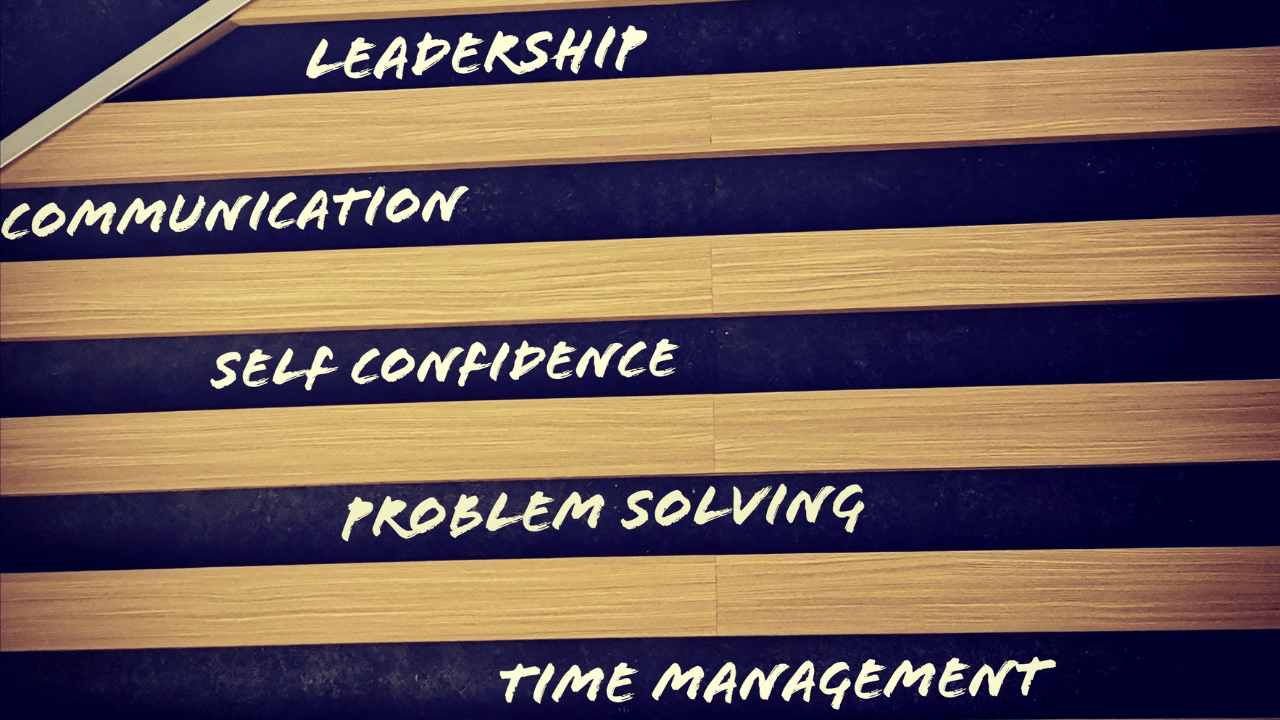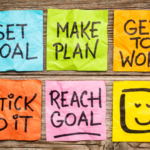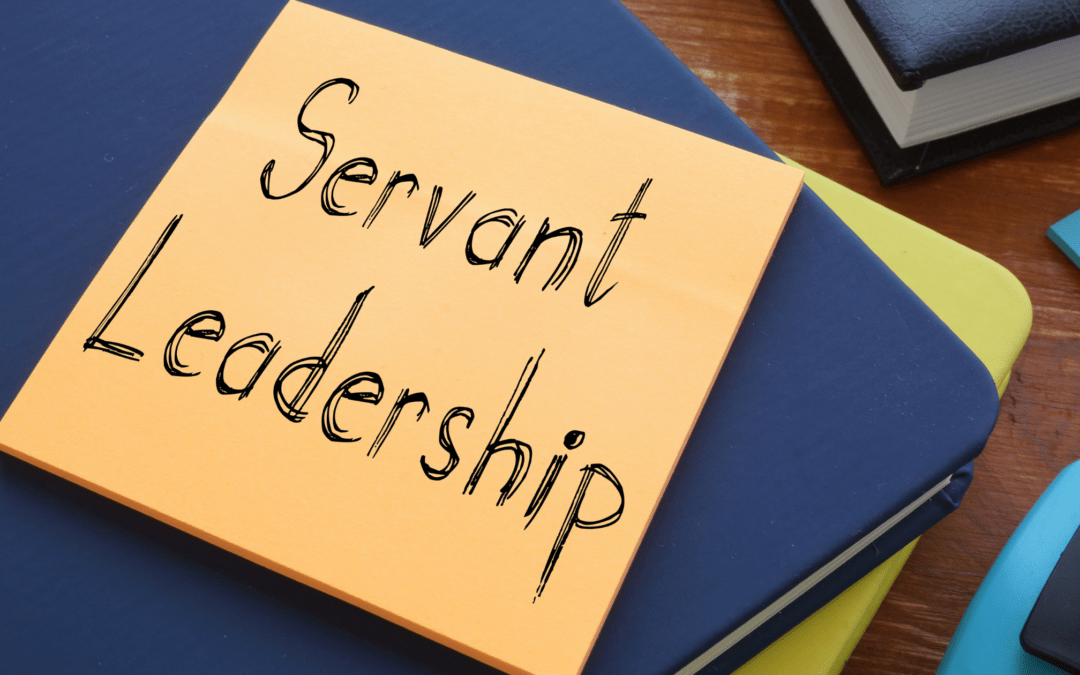
Why Compassionate Leadership is Vital in 2023
Here are the 5 Key Compassionate Leadership Qualities that You Should Prioritize

“Leadership grows like tall trees. It needs both toughness and flexibility – toughness for accountability – flexibility to adapt changes with a compassionate & caring heart for self and others.” – Amit Ray
Compassionate leadership is a leadership style that emphasizes empathy, understanding, and care for the well-being of those being led. Compassionate leaders are driven by a desire to serve and support their team members, rather than just achieve their own goals.
I. The compassionate leadership are:
#1 – Empathy
One of the key characteristics of compassionate leadership is empathy. Empathy is the ability to understand and share the feelings of others. Compassionate leaders understand that the people they lead are more than just employees; they are human beings with their own thoughts, feelings, and struggles. By showing empathy, compassionate leaders are able to create a sense of trust and understanding with their team members, which in turn leads to better communication and collaboration.
#2 – Supportiveness
Another important characteristic of compassionate leadership is supportiveness. Compassionate leaders are willing to help and encourage their team members. They provide guidance, resources, and support when needed, and they are always there to listen and offer advice. They understand that their team members have their own unique strengths and weaknesses, and they work to help each individual reach their full potential.
#3 – Servant Leadership
Servant leadership is another key characteristic of compassionate leadership. Servant leaders put the needs of others before their own. They understand that their role is to serve and support the people they lead, and they are always looking for ways to make their team members’ lives easier. This can include everything from providing additional training and resources, to simply being there to listen and offer a supportive word.

#4 – Active Listening
Active listening is another important characteristic of compassionate leadership. Active listening is the ability to pay attention to what others have to say and respond thoughtfully. Compassionate leaders understand that communication is key to building a successful team, and they make a point to actively listen to their team members. They ask questions, offer feedback, and actively engage with their team members to build a sense of trust and understanding.
#5 – Transparency
Finally, transparency is an essential characteristic of compassionate leadership. Compassionate leaders are open and honest in their communication with their team members. They are always willing to share information, and they make a point to be transparent about the decisions they make and the reasons behind them. This helps to build trust and understanding between leaders and team members, and it creates a sense of accountability for everyone involved.
II. Compassionate Leadership Assessment:
Interestingly, compassionate leadership can be quantified and measured. A compassionate leadership assessment is a tool used to evaluate an individual’s ability to exhibit the characteristics and behaviors of a compassionate leader. These assessments can take various forms, such as self-assessments, 360-degree evaluations, or standardized tests.
Compassionate leadership assessments typically measure an individual’s ability to display the key compassionate leadership qualities listed above.

Assessments can be self-administered or administered by others, it can be as well done individually or in groups or teams. Self-assessments can be a good way for an individual to reflect on their own leadership style and identify areas for improvement. 360-degree evaluations, on the other hand, gather feedback from multiple sources, such as supervisors, peers, and subordinates, which can provide a more comprehensive and accurate picture of an individual’s leadership skills.
Some of the most common formats used for Compassionate leadership assessment are:
- Surveys, questionnaires and interviews, which can help to gather information and gather feedback
- Behavioral observations, which allow to see the individual in action and gather information on how they behave and interact with others
- Case studies and role plays, which test an individual’s ability to handle specific situations and challenges.
It’s useful to keep in mind that an effective assessment relies on validated and reliable measurement tools. Otherwise the results of the assessment may not be reproducible or useful. It’s also critical to prioritize long-term measurement. Compassionate leadership assessment should not be used as a one-time event, but as a part of a continuous process of development. The results and feedback obtained should be followed with action plans and support to further develop the leadership style of the individual being assessed.
Key Takeaways
Compassionate leadership can have many positive effects on an organization, such as increasing employee engagement and satisfaction, improving communication and collaboration, and reducing turnover. Compassionate leaders inspire their team members to be their best selves and to work together to achieve a common goal. This style of leadership is often used to build a positive work culture and foster the well-being of the employees which in return leads to improved performance and productivity.
It’s important to note that Compassionate leadership can be combined with other leadership styles, for example one leader may lead with a compassionate mindset but also make sure to maintain a clear direction and drive for results.
Next steps to consider
Experience the extraordinary with our groundbreaking neuroperformance programs. Over the course of just 12 weeks, witness a remarkable transformation that permeates every facet of your life: career, daily performance, health, wellness, cognitive function, habits, relationships, energy, and personal and spiritual growth. What sets us apart is our unwavering focus on the brain as the ultimate catalyst for change.
Unleash your full potential as we guide you through a journey of learning, self-discovery, and profound metamorphosis into your highest self. To witness the magic firsthand, explore our home-page brimming with captivating videos that promise to inspire and revolutionize your life. Take the first step today and embark on the path to unlocking your true potential. Explore our programs now.
Join our Alive Mindful Optimist Newsletter
Receive our Modern Day Stress Warrior Series & Mindfulness handouts as our gift to you.


